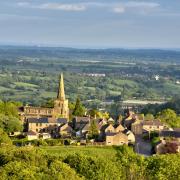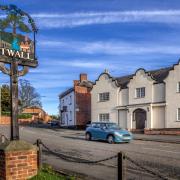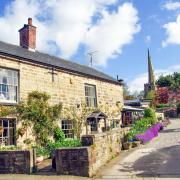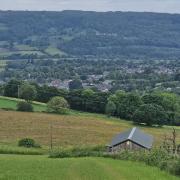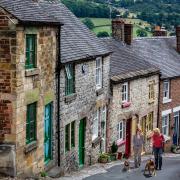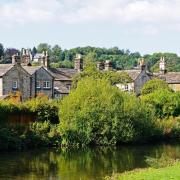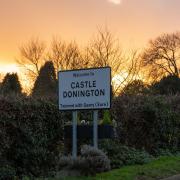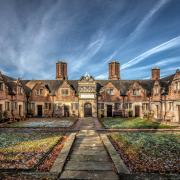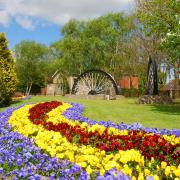We run the rule over a picturesque and historically-significant Derbyshire Dales village
It’s testament to the many qualities that Cromford possesses that despite being in close proximity to Matlock, Matlock Bath and a number of standout locations, the village more than holds its own as a place you would want to visit and live.
In fact, if you were to devise a checklist to help in deciding where to put down roots, it’s hard to see any drawbacks of Cromford.
If you’re checklist consisted of transport links, community, heritage, amenities, good nearby schools and stunning scenery, you would almost certainly find a big tick next to every box.
Nestled off the A6 in the Derbyshire Dales and the considered the northern gateway to the Derwent Valley Mills UNESCO World Heritage Site, Cromford in appearance is the archetypal, quaint Derbyshire village with a pretty mill pond, quirky independent shops and cafes, local pubs and sprawling cottages and houses.
Yet Cromford is so much more than this. Arguably the birthplace of the Industrial Revolution – it was here that Richard Arkwright built the world’s first water powered cotton mills – part of the village is a designated World Heritage Site and evidence of its past can be found at ease throughout the village.

With so much of Derbyshire within easy reach – continue along the A6 past Cromford and you’ll discover a variety of much-loved county towns and villages including Belper, Milford, Duffield before reaching Derby – there's also much to be discovered on the village’s doorstep.
There are many varied walks for lovers of the great outdoors, including the popular and picturesque Cromford Canal and a slightly more exerting route at Black Rocks, up the hill on the B5036 towards Wirksworth which afford breath-taking views above the village and beyond.
Explore:

Arkwright’s Cromford Mills is well worth a visit, not just for its huge historical and cultural significance but for the array of activities that regularly take place there.
As well as guided tours for those interested in the village’s leading role in the Industrial Revolution, the site also has a café and visitor centre and numerous events throughout the year.
Market Place is also as good a location as any in Cromford to have a wander and you’ll find plenty of refreshments and places to take the weight off your feet, including The Greyhound Hotel, Restaurant and Bar – a commanding Grade II listed building, built by Richard Arkwright in the 18th century.
Don’t miss the fabulous Scarthin Books, just off Market Place overlooking the mill pond, which is as quirky and welcoming independent book shop as you’re likely to find anywhere in the county or beyond.
Properties:

The average price for property in Cromford in the past 12 months stood at £251,265 according to the latest data provided by leading property company Rightmove (www.rightmove.co.uk).
In the same period, the average price of a terraced property in the village was £223,421, with detached property averaging £357,167 and semi-detached houses fetching £203,750.
As mentioned, Cromford enjoys excellent transport links both north and south and is a great base to explore and enjoy the whole county.
Nearby Lea Primary School is rated ‘Outstanding’ by Ofsted, whilst Cromford Church of England Primary School and Bonsall CofE Primary School are both rated ‘Good’.
From a secondary school perspective, Anthony Gell School in Wirksworth is rated ‘Good’ by Ofsted, whilst nearby Highfields School, based in Matlock, is now an Academy and part of the East Midlands Education Trust.





